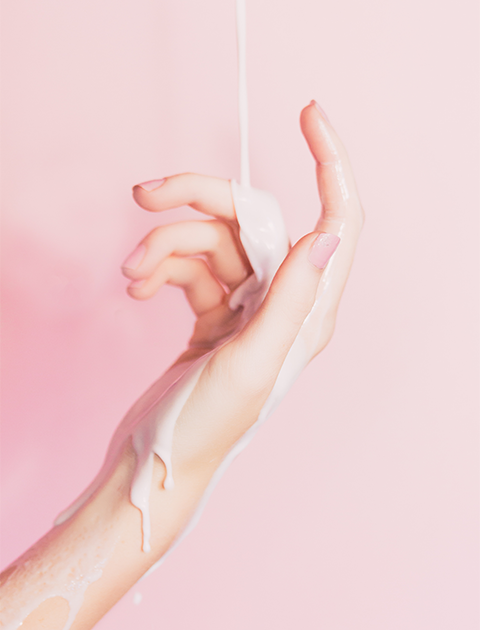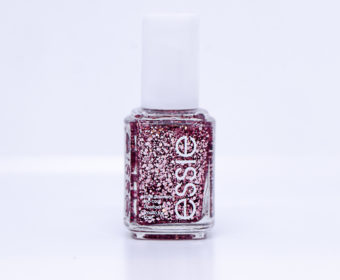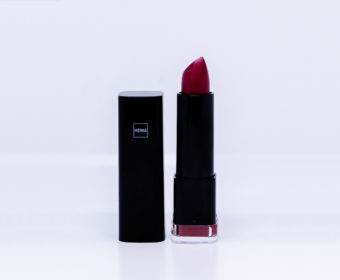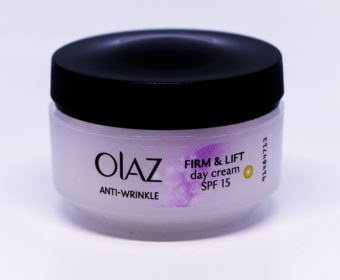Exposure to microplastics
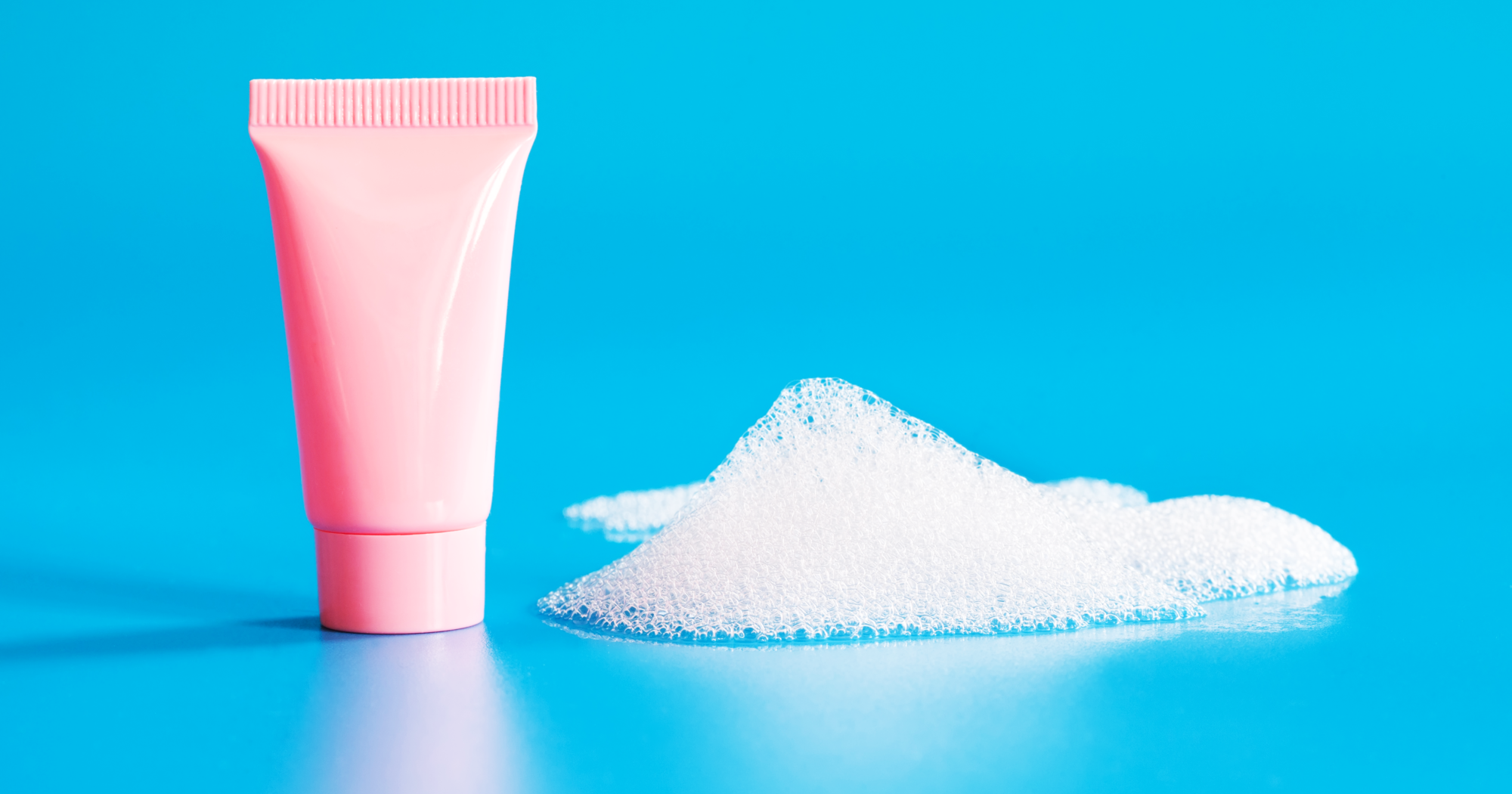
Cosmetics are full of microplastics
Using a variety of cosmetics and personal care products is one of the most prominent ways our bodies are exposed to microplastics. Take lipsticks for example; often, lipsticks contain microplastics like Polyethylene or Polyethylene-terephthalate (PET). People are likely to ingest lipstick accidentally through consuming food or licking their lips while wearing it. What happens to the ingested plastic particles in our body?
Our tests show that every time you use anti-wrinkle cream, you put about 90,000 plastic particles on your face! Some plastic particles in this facial cream are smaller than the average diameter of a human hair (60-80 μm) — we found particles that were as small as 1,6 μm. If microplastics manage to enter our body, they have the potential to interfere with our organs.
Plastic Test Lab
Do you want to know if there are plastics or dangerous plastic additives in cosmetics and personal care products? We sure do! That’s why we’re going to test a wide variety of products over the course of coming years with our sister campaign: Plastic Health. All these products and more will be tested in a lab by Vrije Universiteit (VU) of Amsterdam.


